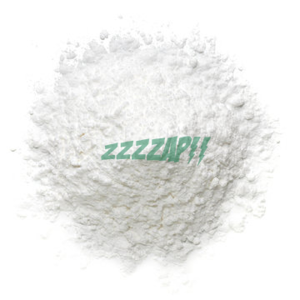2-CMC
The world of chemical research tools has evolved considerably in recent years. Researchers, scientists and curious minds have constantly looked for new connections to explore and understand. One of the more recent additions to this growing arsenal of research chemicals is 2-CMC, a substance that has attracted attention for its potentially interesting properties and effects. In this text, we will conduct an in-depth exploration of 2-CMC, discussing its history, chemistry, effects, risks and potential applications.
History and Background
2-CMC, in full 2-Chloromethcathinone, belongs to the class of cathinones, which are chemically related to amphetamines. The history of this substance is relatively short, having appeared on the market as a research chemical only in recent years. Research chemicals are chemicals often used by scientists and researchers to study new compounds and understand their properties. They are usually not intended for human consumption and are often marketed with disclaimers discouraging their use for recreational purposes.
The first mentions of 2-CMC date back to the early 2010s, when it was first synthesized and described in the chemical compound literature. Since then, it has gradually gained prominence in the research community, with scientists exploring the substance to learn more about its chemical structure and potential applications.
Chemistry of 2-CMC
2-CMC belongs to the group of synthetic cathinones, which in turn are part of the amphetamine class of substances. The chemical structure of 2-CMC is similar to that of other cathinones, and it contains a chlorine atom at the second position of the molecule. This structure is important because it can influence and determine the pharmacological properties of the substance.
The exact mechanism of action of 2-CMC in the human body is not yet fully understood, but it is believed to act as a stimulant that can promote the release of certain neurotransmitters, such as dopamine and norepinephrine, in the brain. These neurotransmitters play an important role in regulating mood, motivation and alertness.
Effects of 2-CMC
The effects of 2-CMC are still largely unknown, as little scientific research has been done on it. In addition, individuals’ experience may vary depending on several factors, including the dose, route of administration and the person’s sensitivity to the substance.
In general, cathinones, including 2-CMC, are often associated with stimulant effects similar to those of amphetamines. Users typically report increased alertness, improved concentration, increased energy and decreased appetite. Some users may also experience increased heart rate, elevated blood pressure, and feelings of arousal.
However, it is important to note that 2-CMC and other research chemicals can have potentially unpredictable effects and pose risks. Because it has not yet been extensively studied, little is known about the long-term effects or possible dangers of long-term use.
Risks and Safety
The use of research chemicals such as 2-CMC carries significant risks. Because these substances are often not subject to the same regulations and controls as drugs, their quality and purity are not always guaranteed. This can lead to serious health risks because users may inadvertently ingest contaminated or potentially hazardous substances.
Moreover, the effects and long-term consequences of using 2-CMC are still largely unknown. There have been reports of negative side effects, including anxiety, paranoia, insomnia and serious cardiovascular problems in some users. The lack of thorough research makes it difficult to fully understand the risks.
In addition, research chemicals such as 2-CMC are illegal or subject to severe restrictions in many countries. Their possession, sale or use can lead to legal problems and criminal charges.


